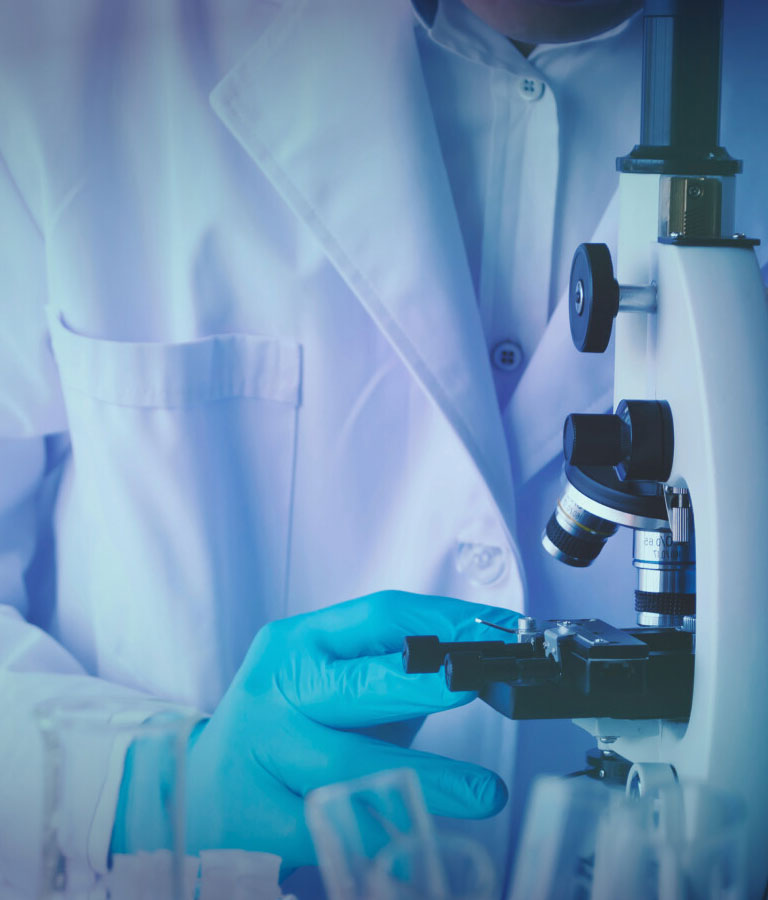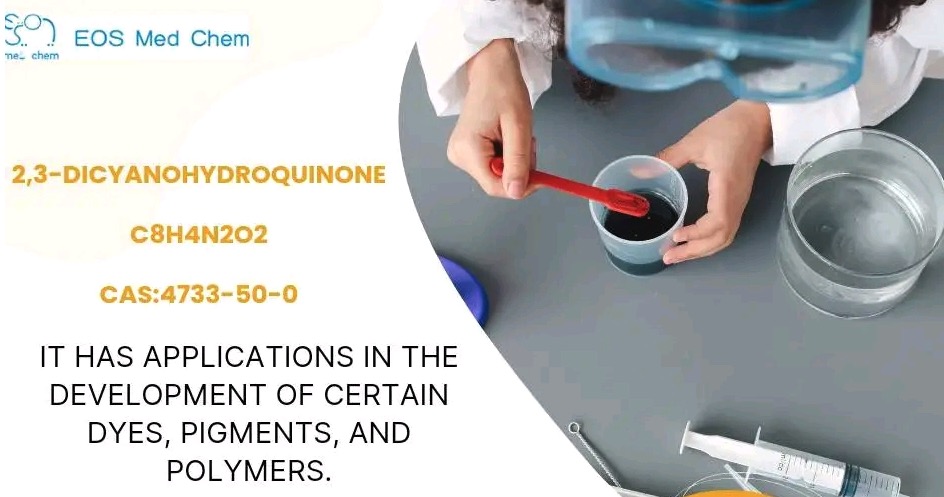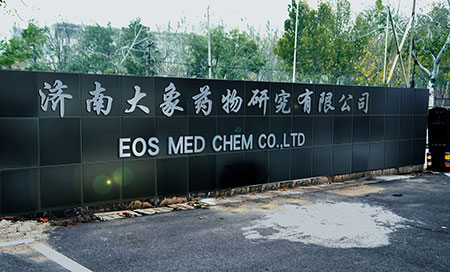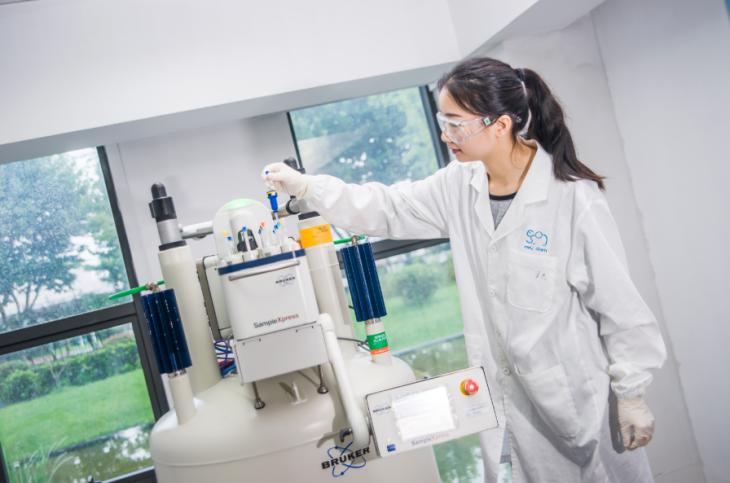Products
-
DiscoveryDiscoveryRead More
-
Process DevelopmentProcess DevelopmentRead More
-
ManufacturingManufacturingRead More
-
ADC & High Potency APIADC & High Potency APIRead More
-
Oligonucleotide Process Development & ManufacturingOligonucleotide Process Development & ManufacturingRead More
-
Peptide Process Development & ManufacturingPeptide Process Development & ManufacturingRead More
-
Analytical Development & Quality ControlAnalytical Development & Quality ControlRead More
-
Regulatory CMC SupportRegulatory CMC SupportRead More
Technologies
-
Flow ChemistryFlow Chemistry
EOS cooperated with customers, EOS can provide process research and development, non-GMP and cGMP production services. Our team successfully completed more than 100 steps of production projects in the factory, and the production scale was up to 500 kg.
Read More -
ElectrochemistryElectrochemistry
EOS has developed a series of electrochemical oxidation-promoted transition metal-catalyzed selective functionalization of carbon-hydrogen bonds to achieve the selective oxidation of alkanes C(sp3)–H bonds (J. Am. Chem. Soc. 2017, 139, 3293)
Read More -
High-Pressure ChemistryHigh-Pressure Chemistry
EOS cooperates with Peking University and owns the most advanced high-pressure reaction vessel in the world.
Read More -
Low TemperatureLow Temperature
EOS have production equipment below -80℃, the reaction temperature can be continuously controlled below -60℃;
Read More -
Hazardous ReactionsHazardous Reactions
While certain chemical reactions by their nature are hazardous — especially when scaled up — EOS committed to applying innovative techniques to manage safety concerns. EOS have own team to keep safe production.
Read More -
Chiral SynthesisChiral Synthesis
EOS Chiral Synthesis provides access to biologically active small molecules within the pharmaceutical industry. EOS offer custom synthesis of chiral molecules through separation of racemic material as well as modern asymmetric synthesis.
Read More -
FluorinationFluorination
Organic fluorides are crucial in pharmaceutical industry. Nearly one fifth of the newly marketed drugs contain fluorine.
Read More -
Asymmetric SynthesisAsymmetric Synthesis
EOS Med Chem takes advantage of a large tool kit of chiral catalysts, ligands and auxiliaries etc., to develop asymmetric syntheses of building blocks.
Read More -
Learn More

Company Profile
One-stop CRO & CDMO Services
EOS Med Chem build in 2008, 2018 Obtained third-party venture capital, 10 million US dollars. Now EOS Med Chem have one R&D about 1000㎡, in Jinan Life Science Park. One GMP standard plant in Shanghe country, National Biopharmaceutical Park. Approved by TEVA, HIKMA, CIPLA, SUNPHARMA, and some others. EOS Med Chem from the 2008 is aim to be World top CMO supplier, now TOP100 Pharma company, EOS Med Chem is serving 35. Mid-Size Pharma company more than 100. Lab company more than 500.
-
2008Established
-
60+R&D Centers and CDMO Sites
-
11,000+Global Partners


